Rising Demand for Aesthetic Appeal
The Soft Covering Flooring Market experiences a notable increase in demand driven by consumers' desire for aesthetic appeal in their living spaces. Homeowners and commercial property managers are increasingly prioritizing flooring options that enhance the visual appeal of interiors. This trend is particularly evident in residential renovations, where soft covering flooring options such as carpets and rugs are favored for their ability to add warmth and texture. According to recent data, the soft covering flooring segment is projected to grow at a compound annual growth rate of approximately 4.5% over the next five years. This growth is indicative of a broader trend where aesthetics play a crucial role in purchasing decisions, thereby propelling the Soft Covering Flooring Market forward.
Increased Focus on Comfort and Safety
The Soft Covering Flooring Market is significantly influenced by the growing emphasis on comfort and safety in flooring choices. Soft covering options, such as carpets and padded flooring, provide a cushioned surface that enhances comfort, particularly in residential settings. This is especially relevant for families with children and elderly individuals, where safety is paramount. The soft texture of these flooring types reduces the risk of slips and falls, making them a preferred choice for many consumers. Market data suggests that the demand for soft covering flooring is expected to rise as more consumers recognize the benefits of comfort and safety, potentially leading to a market growth rate of around 5% in the coming years.
Technological Innovations in Flooring
Technological advancements are playing a pivotal role in the evolution of the Soft Covering Flooring Market. Innovations such as stain-resistant treatments, moisture-wicking technologies, and improved manufacturing processes are enhancing the performance and durability of soft covering flooring products. These advancements not only improve the longevity of flooring options but also cater to the growing consumer demand for low-maintenance solutions. As technology continues to evolve, it is likely that the market will see an influx of new products that offer enhanced features, potentially driving growth rates of around 4% in the soft covering flooring segment. This technological integration is crucial for maintaining competitiveness within the Soft Covering Flooring Market.
Customization and Personalization Trends
The Soft Covering Flooring Market is witnessing a surge in demand for customization and personalization in flooring solutions. Consumers are increasingly seeking unique designs and tailored options that reflect their individual tastes and preferences. This trend is particularly prominent in the residential sector, where homeowners desire flooring that complements their interior design. Manufacturers are responding by offering a wider range of colors, patterns, and textures, allowing consumers to create personalized spaces. Market analysis indicates that this trend could lead to a growth rate of approximately 5% in the soft covering flooring market, as more consumers opt for customized solutions that enhance their living environments.
Sustainability and Eco-Friendly Products
The Soft Covering Flooring Market is increasingly shaped by the demand for sustainable and eco-friendly flooring solutions. Consumers are becoming more environmentally conscious, seeking products that are made from renewable resources and have minimal environmental impact. This shift is prompting manufacturers to innovate and offer soft covering flooring options that utilize recycled materials and sustainable production processes. As a result, the market for eco-friendly soft covering flooring is anticipated to expand, with projections indicating a growth rate of approximately 6% over the next few years. This trend not only aligns with consumer preferences but also reflects a broader commitment to sustainability within the Soft Covering Flooring Market.
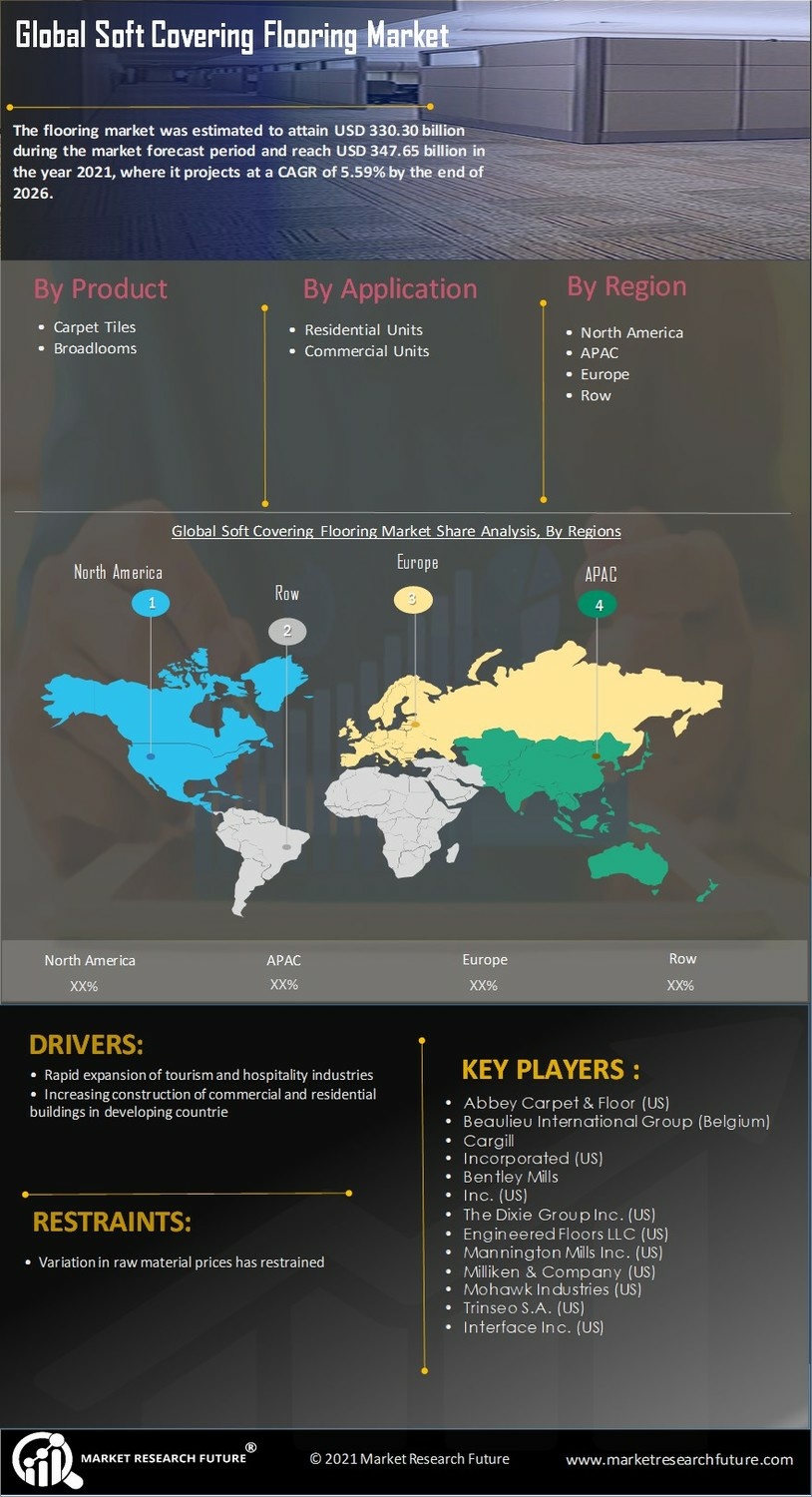

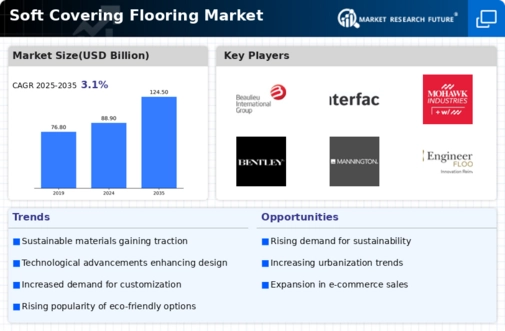
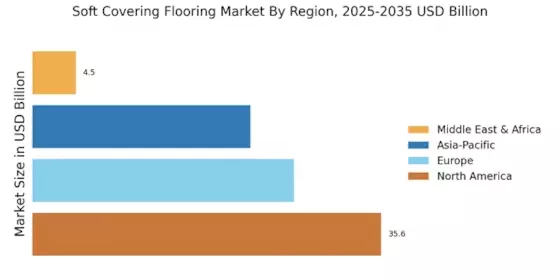
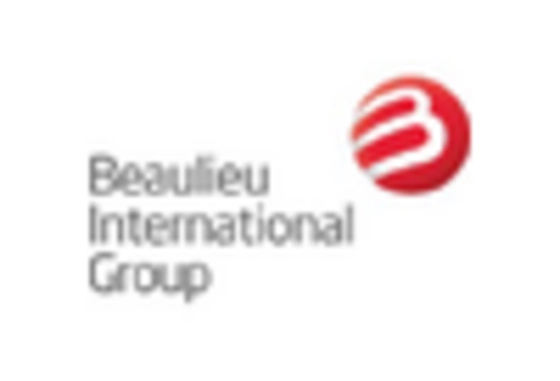
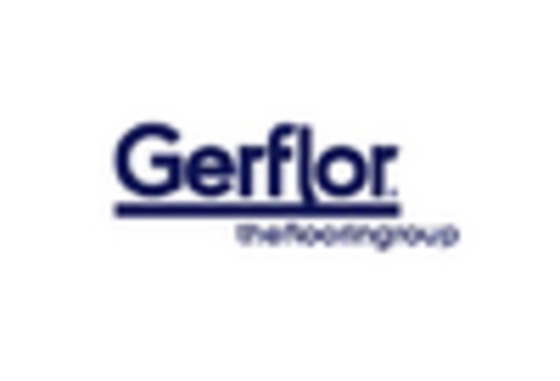


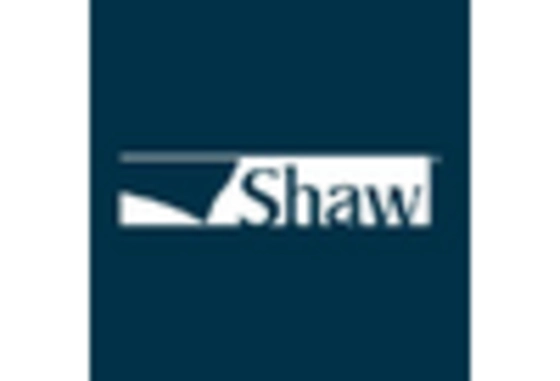
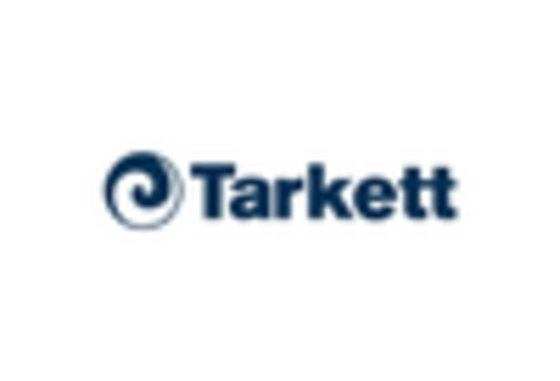








Leave a Comment